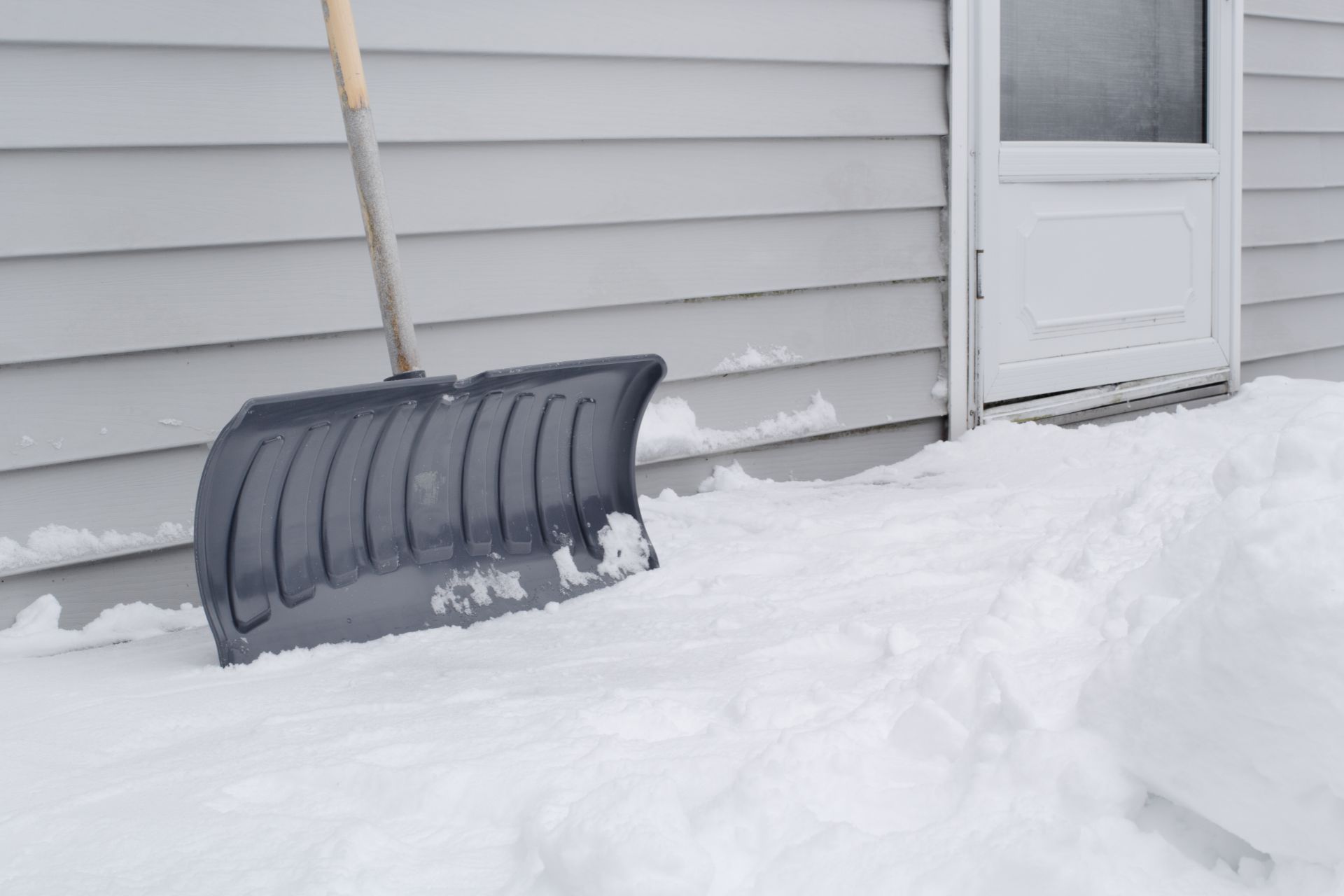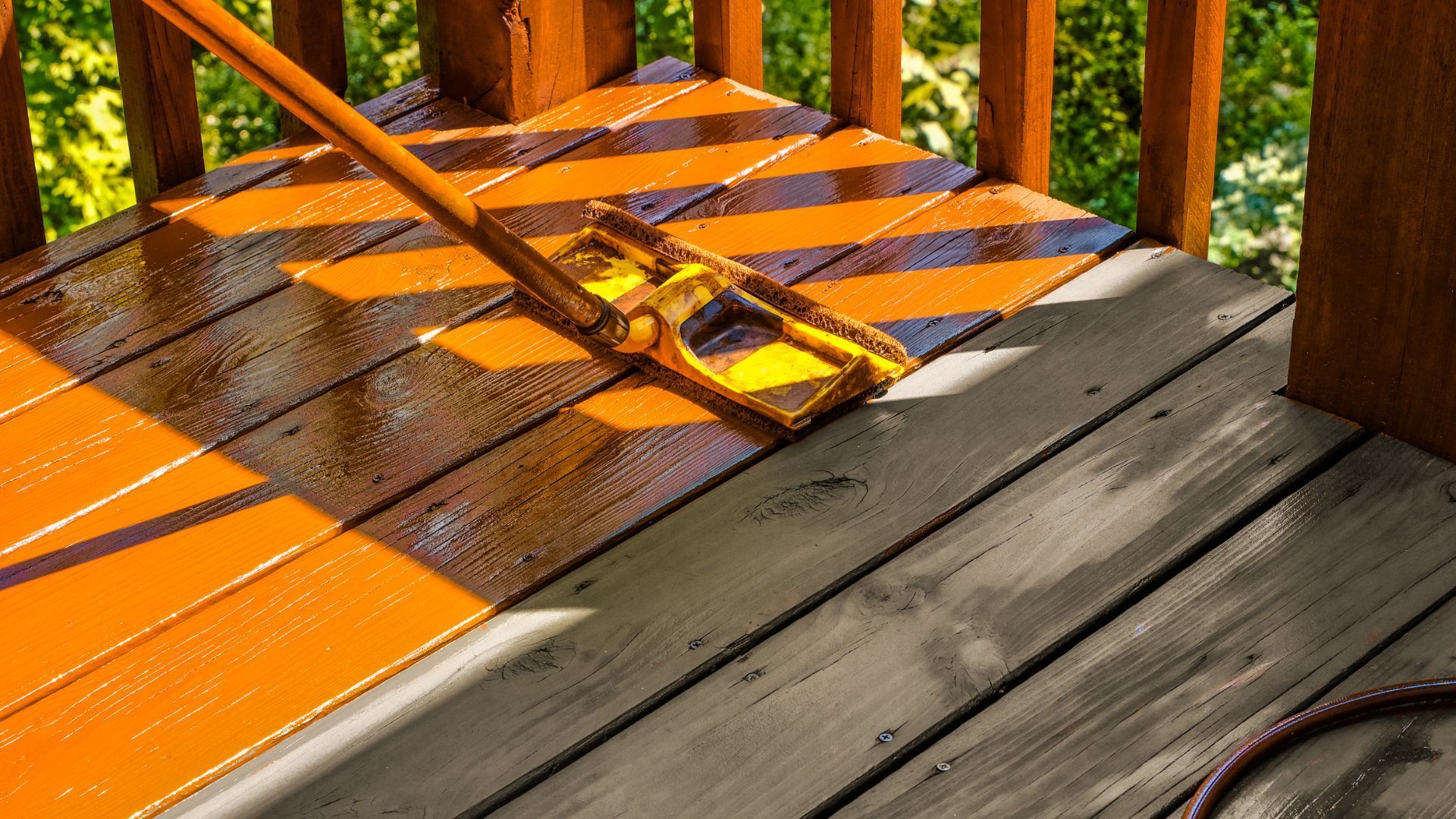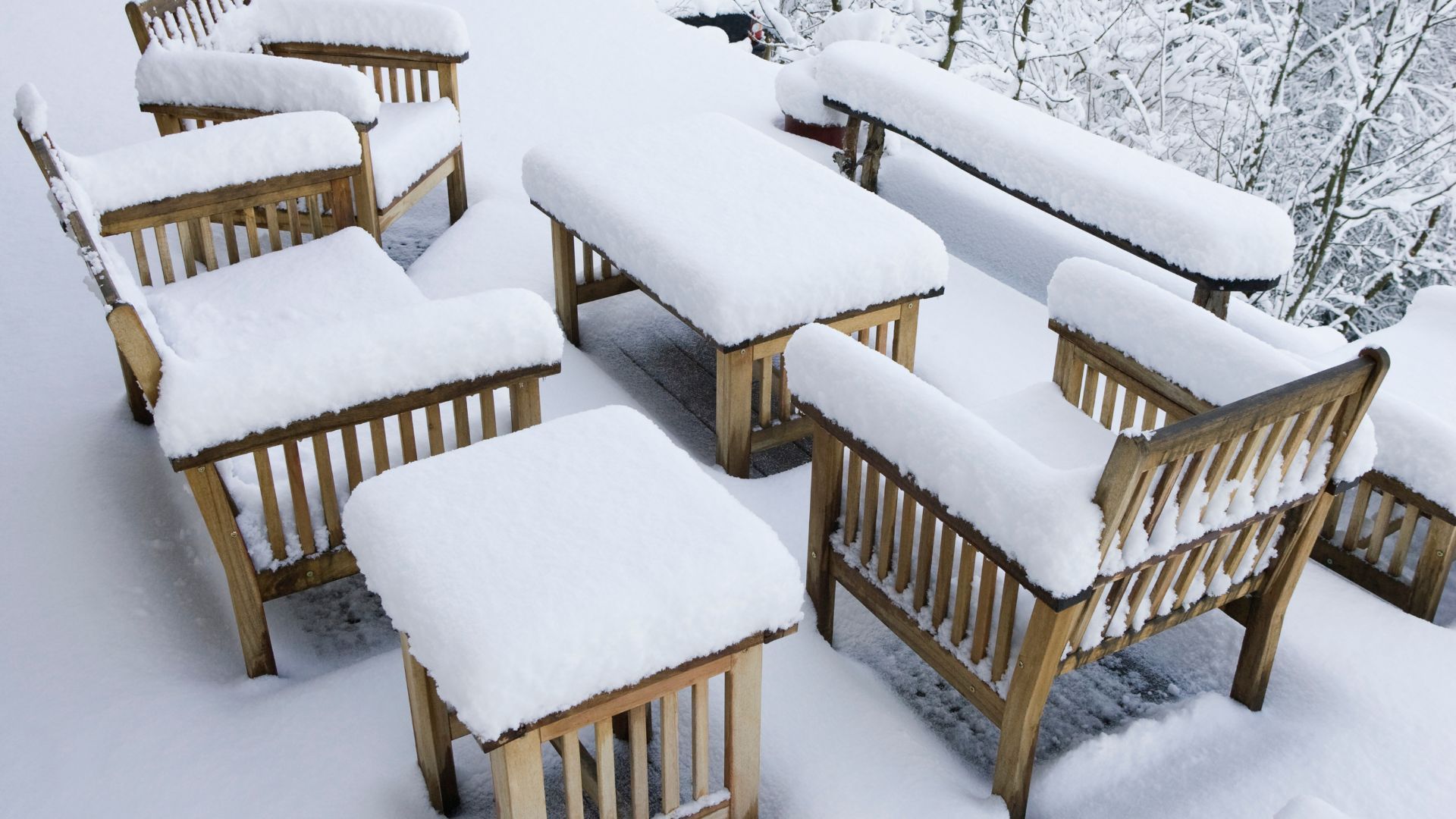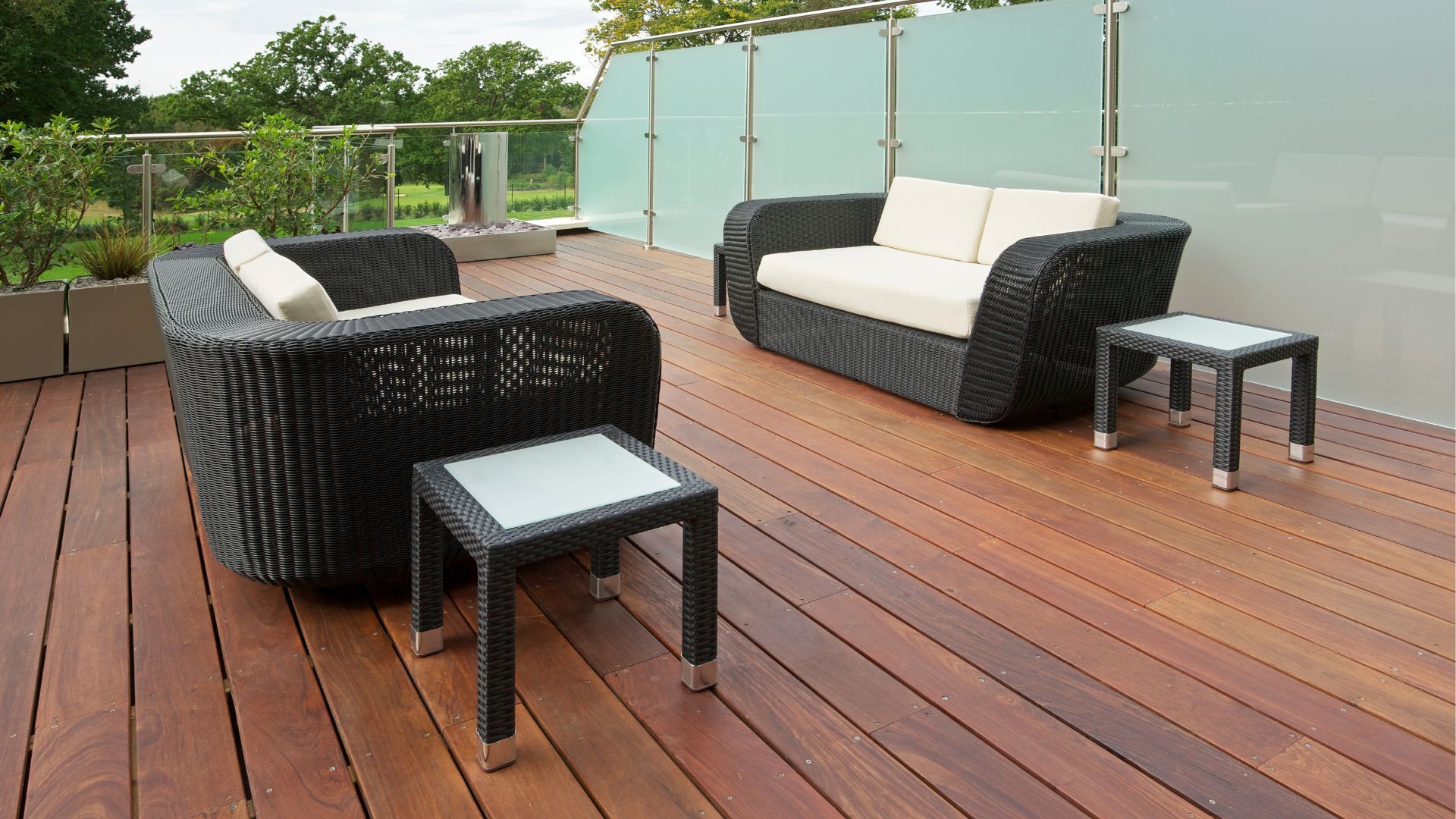Blue Buffalo Decks’ Tips for Choosing Snow-Resistant Deck Materials
In Buffalo, NY, known for its beautiful but often harsh winters, choosing the right materials for your deck is crucial to ensure it can withstand heavy snowfall and freezing temperatures. At Blue Buffalo Decks, we specialize in constructing decks that are not only aesthetically pleasing but also durable enough to endure the winter season year after year. Here are our top tips for selecting snow-resistant deck materials that will keep your outdoor space in prime condition, no matter what the Buffalo winter throws at it.

Opt for Composite Decking
Durability and Low Maintenance
Composite decking is a top choice for snow-resistant materials, thanks to its combination of wood fibers and plastic components. This blend provides the natural beauty of wood without its susceptibility to moisture, rot, or insect damage. Composite decks are particularly suited to Buffalo’s winters, as they do not warp, crack, or splinter in freezing temperatures. Additionally, their low-maintenance nature means snow and ice can be easily cleared without damaging the deck’s surface.
Consider PVC Decking
Moisture-Resistant and Lightweight
PVC decking is another excellent option for snow-heavy regions like Buffalo. Made entirely from polymer materials, PVC decks are incredibly moisture-resistant, ensuring that snowmelt won’t lead to rot or mold growth. They are also lightweight and easy to clean, making them a practical choice for homes that experience significant snow accumulation.
Select Treated and Tropical Hardwoods
Natural Durability and Strength
For those who prefer natural wood decks, choosing the right type of wood is key to snow resistance. Pressure-treated lumber is chemically treated to resist rot, decay, and insects, making it a more durable option for snowy climates. Tropical hardwoods, such as teak, ipe, and mahogany, are also known for their natural strength and resistance to moisture, although they come at a higher cost.
Don't Overlook Proper Sealing
Essential for Wood Decks
If you choose natural wood for your deck, applying a high-quality sealant is crucial to protect it from the snow and moisture of Buffalo winters. Sealants should be applied every 1-2 years, depending on exposure and wear, to maintain the wood's integrity and appearance. Look for sealants with UV protection to prevent fading and water-repellent features to guard against moisture damage.
Importance of Installation and Design
Ensuring Snow-Resistance
Beyond the material itself, the way your deck is designed and installed can impact its resistance to snow and cold weather. Ensure that your deck has proper drainage and spacing between boards to prevent water accumulation and ice formation. Elevated or multi-level decks can also facilitate better snow removal and reduce the risk of moisture-related damage.
Maintenance and Upkeep
Keeping Your Deck Snow-Ready
Regular maintenance is vital to keep your deck snow-resistant, regardless of the material. Before the snow season begins, inspect your deck for any signs of damage or wear and make necessary repairs. Keep snow removal tools handy, and avoid using metal shovels or harsh chemicals that can damage the deck surface.
Conclusion
Choosing the right snow-resistant materials for your Buffalo deck means enjoying your outdoor space year-round, without the worry of winter damage. At Blue Buffalo Decks, we’re committed to helping you select the best materials for your needs and providing expert installation that stands up to the test of Buffalo winters.
Call to Action
Ready to build a deck that can withstand Buffalo’s snowy winters? Contact Blue Buffalo Decks today for expert advice and quality construction that lasts.
FAQs
How does composite decking hold up in snowy conditions?
Composite decking performs exceptionally well in snowy conditions, as it does not absorb moisture, crack, or splinter due to cold weather.
Can snow damage PVC decking?
PVC decking is highly resistant to snow and moisture, making it unlikely to be damaged by winter conditions when properly maintained.
Is it necessary to remove snow from my deck?
Yes, removing snow from your deck can prevent moisture damage and reduce the risk of slipping accidents. Use a plastic shovel to avoid scratching the deck surface.
How often should wood decks be resealed in snowy climates?
Wood decks in snowy climates like Buffalo’s should be resealed every 1-2 years, depending on the level of exposure and the specific product used.
Can ice melt products be used on decks?
Be cautious with ice melt products; choose ones that are safe for the specific material of your deck. Avoid products with harsh chemicals that can corrode metal fasteners or damage the deck surface.




